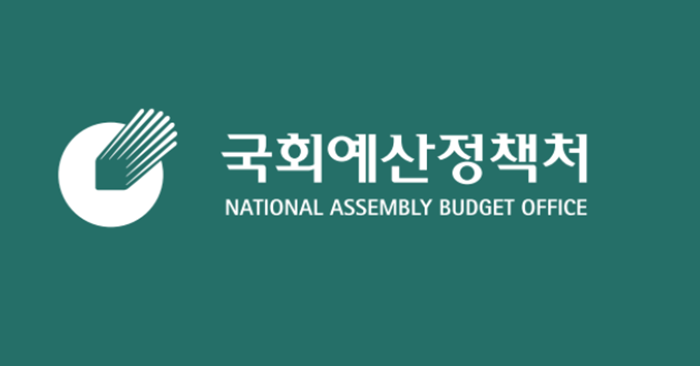
An analysis showed that while the benefits received by middle- and low-income earners over five years due to the government's tax cut policy only increased by an average of 6.8% per year, the tax cut benefits received by high-income earners increased by an even greater 9.9%. In particular, as the government changed the criteria for distinguishing between high-income earners and middle- and low-income earners, it was pointed out that the effect of the tax cut for high-income earners may have been underestimated compared to the actual amount, and that the effect of the tax cut for middle- and low-income earners may have been overestimated.
On the 30th, the National Assembly Budget Office analyzed in its ‘2025 Tax Expenditure Budget Analysis’ report that high-income earners will benefit more than middle- and low-income earners and large corporations will benefit more than small and medium-sized businesses from the government’s tax cut policy from 2020 to 2025. Tax expenditure (exemption amount) means eliminating or reducing taxes.
On an individual basis, the amount of exemptions received by middle- and low-income earners will increase by an average of 6.8% per year between 2020 and 2025, while tax expenditures for high-income earners will increase by 9.9%. During the same period, tax cut benefits for small and medium-sized businesses increased by an average of 7.9% per year, medium-sized companies increased by 8.0%, and large companies (companies with mutual investment restrictions) increased by 20.2%. Large corporations enjoy tax cuts that are twice as much as small and medium-sized enterprises.
Looking at the trend in the proportion of tax expenditures by beneficiary, the proportion of middle- and low-income earners among national tax reductions for individuals is expected to decrease from 69.7% in 2020 to 66.5% in 2025. On the other hand, it is estimated that the proportion of high-income earners will increase from 30.3% to 33.5% during the same period.
The National Assembly Budget Office pointed out that in particular, the government categorized even the top 7% of relatively high income earners as the ‘middle class’ in calculations, which may have underestimated the tax cuts received by high earners and exaggerated the tax cuts received by middle and low income earners.
According to the National Assembly Budget Office, the government set the standard for middle and low income as less than 150% of the median income (gross salary 72 million won) according to the Organization for Economic Co-operation and Development (OECD) standard for the working class and middle class by 2021, but in the first year of the launch of the current government, Starting in 2022, the standard was changed to 200% of average wage (total salary of 76 million won).
When the National Assembly Budget Office announced the effect of the government’s tax cut for low- and middle-income earners, “among the beneficiaries of tax expenditures set by the government as a standard for 2024, the earned income of 84 million won, which distinguishes middle-low and high-income earners, is equivalent to the top 7% of earned income.” He pointed out, “The influence of extreme values, such as high income earners, tends to be reflected.” As the standard for the high-income class increases, the high-income class decreases and the tax reduction effect is measured less, while the middle- and low-income class increases, so the tax reduction effect is calculated more.
The National Assembly Budget Office went on to point out “the need to secure the appropriateness of the standards and methods for classifying beneficiaries,” and suggested, “There is a need to secure the objectivity of the income amount standard to classify the beneficiary attribution of tax expenditures.”
However, the Ministry of Strategy and Finance maintains that the expression ‘median income’ remaining in past data is a typo of ‘average wage’. The Ministry of Strategy and Finance refuted, “The government has been announcing tax expenditures by beneficiary since the 2013 tax expenditure budget and has consistently used ‘average wages’ as the standard for middle- and low-income earners.”
[Copyright (c) Global Economic Times. All Rights Reserved.]




























